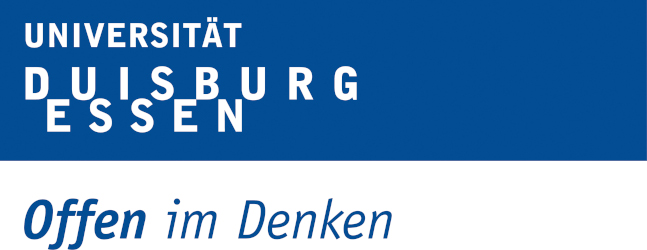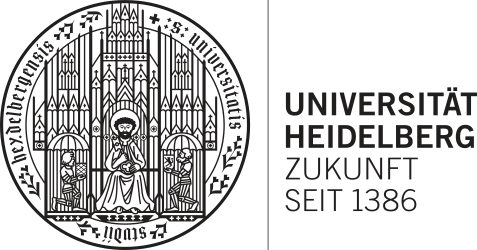Bachelor Studies

University of Waterloo, Canada (2000-2005)
- Department of Systems Design Engineering
Degree
- Bachelor of Applied Science in Systems Design Engineering with a option in Mechatronics
Additional details
*Awards*- Canadian Engineering Competition Champion, Entrepreneurial Category (2005) (url)
- Ontario Engineering Competition Champion, Entrepreneurial Category (2005)
- Mark Weiser Best Paper Award. IEEE PERCOM. Kauai, Hawaii (2005)
Doctoral Research

University of Waterloo, Canada (2005-2011)
- Department of Systems Design Engineering
- Motion Research Group (url)
Degree
- Doctor of Philosophy in Systems Design Engineering
Additional details
Research
- Thesis: Mechanics and control of human balance (url)
- Evaluated Wight et al.'s 2D model of foot-placement and dynamic balance against human foot placement (paper)
- Extended Wight et al.'s 2D model to 3D (paper, code)
- Simulated 2D walking and evaluated several foot-ground contact models (paper)
Proposals
- Portable Motion Capture System for Biomechanics Research. Systems Design Engineering, University of Waterloo, 2009 (co-author). Natural Science and Engineering Research Council (NSERC) tools and instruments grant ($17.5k CAD).
- Validation of Contact Models for Dynamic Simulation of Biomechanical Systems, Systems Design Engineering, University of Waterloo, 2006 (co-author). NSERC tools and instruments grant.
Scholarships
- NSERC Doctoral Scholarship (CGS-D) ($110k CAD)
- NSERC Masters (PGS-M) Scholarship ($17.5k CAD)
- Ontario Graduate Scholarship (url) ($10k CAD)
Teaching
- Introduction to the Academy, Center for Knowledge Integration (fall 2011, assistant)
- Anatomy for Artists, Department of Fine Arts (winter 2010, assistant)
- Graph Theoretic Modeling, Systems Design Engineering (fall 2008, assistant)
- Introduction to Mechatronics, Mechatronics Department (fall 2003, course developer, assistant)
- Statistics for Engineers, Mechatronics Department (fall 2003, course developer, assistant)
Advisors
Postdoctoral Doctoral Research

Stanford University, U.S.A (2011-2013)
Additional details
*Research* - Formulated, implemented, and published a muscle model that is a part of the open-source biomechanics code OpenSim (code:c++), (code:Matlab)(paper) - This model used by tens of thousands of researchers world-wide (paper)Advisor
- Professor Scott Delp (url)

University of Duisburg-Essen, Germany (2013-2014)
- Chair of Mechanics and Robotics (url)
Additional details
*Research* - Formulated, implemented and experimentally evaluated a 3D foot-ground contact model using disk elements (code) (book chapter)Teaching
- Multibody Dynamics, Department of Robotics & Mechanics (winter 2013, course developer, lecturer)
Advisor
- Professor Dr.-Ing. Dr. h.c. Andrés Kecskeméthy (url)

Heidelberg University, Germany (2015-2021)
- Institute for Scientific Computing
- Institute for Technical Informatics
- Optimization, Robotics, Biomechanics (url)
Additional details
Research
-
Theme: human movement prediction using optimal control (OC) of multibody models
-
Frontiers Orthoses:
- Developed a simulation of walking to identify the best ankle-foot-orthoses spring stiffness for a young child with cerebral palsy (paper)
-
European Union Project Spexor (url)
- Simulated how the risk of low-back-injury is affected by improved lifting technique against using an exoskeleton (paper)
- Simulated the influence of hip and lumbar flexibility on lifting technique(paper)
- Predicted how lifting motions were affected by the support of a passive low-back exoskeleton (paper)
- Predicted the motions and optimal support profile for an active low-back exoskeleton (paper),
-
Deutschforschungsgemeinschaft (DFG) Project: Fast and accurate foot and muscle models for the prediction of human walking using optimal control
-
Carl-Zeiss Project HeiAge (url)
- Compared the dynamic balance of younger and older adults during sit-to-stand and found, surprisingly, that older adults have a larger margin of stability (paper) (code)
- Developed a method to identify the area of the foot, the functional base of support (fBOS), that can support the body's weight. The fBOS is used to more accurately measure the dynamic margin of stability (code)
- Developed a walker that can monitor the posture of the person. The measurements were made using a Microsoft Kinect V2 and custom written software (code)
- Designed and modified a pair of industrial Festo pick-and-place robots to make it possible to study human-robot interaction during sit-to-stand movements. Dr. Marko Ackerman has taken over this project and has exciting results that will be published in the coming months (url)
Teaching
- Musculotendon Dynamics (mini course), Institute for Scientific Computing (fall 2018, developer, lecturer)
- Musculotendon Dynamics Compact Course (spring 2015)
Advisor
- Professor Dr. Katja Mombaur (now at K.I.T.) (url)

University of Stuttgart, Germany (2021-2024)
- SimTech (url)
- Institute of Sport and Movement Science (url)
- Institute of Engineering and Computational Mechanics (url)
Additional details
Research
- Developed the VEXAT muscle model. This formulation accurately simulates the impedance of active muscle and the enhanced forces developed during active lengthening (paper) (VEXAT code: Matlab -use the journal2024 branch)
- Benchmarked the VEXAT muscle model against two Hill-type muscle models in LS-DYNA that are often used to simulate active human body models during crash simulations (paper) (code: benchmark) (VEXAT code: Fortran)
- Experimentally measured neck strength and reflexes in response to multi-directional accelerations during simulated driving manuvers at the FKFS (instagram reel). Work is ongoing to model the passengers (code), process the neck strength and flexibility data (code), and analyze the neck reflex responses (code)
Advisors




